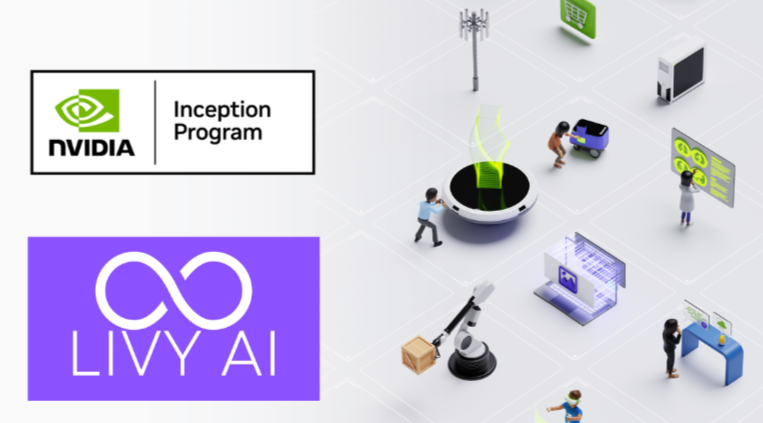
The future of content creation is here, and it's powered by artificial intelligence. Whether you're a seasoned blogger or a beginner, harnessing the potential of AI can significantly improve your SEO efforts. Let's dive into how you can use AI to craft SEO-optimized blogs that both readers and search engines will love.
1. Research and Topic Generation
- Keyword Analysis: Utilize AI tools to analyze search trends and identify high-volume, low-competition keywords relevant to your niche.
- Content Ideas: AI algorithms can suggest blog topics based on current industry trends, ensuring your content remains relevant and timely.
2. Crafting High-Quality Content
- Grammar and Style Checkers: AI-powered grammar tools, like Grammarly, can enhance your content's readability and accuracy.
- Content Enhancement: Tools such as Jasper or Writesonic can help optimize your content, suggesting better phrasing or expanding on specific points to increase value.
3. On-Page SEO Optimization
- Meta Descriptions and Titles: Use AI-powered tools to craft compelling meta titles and descriptions that drive click-through rates.
- Image Optimization: AI can automatically compress images for web use, ensuring faster loading times without compromising on quality. It can also generate alt-text descriptions for better accessibility and SEO.
- Internal Linking: AI tools can suggest internal links to older posts, enhancing site navigation and spreading page authority.
4. Content Structuring
- Readability Analysis: Ensure your content has a clear structure with introductions, headers, bullet points, and conclusions. AI can analyze and suggest where to break up text or add subheadings for better readability.
- Optimal Content Length: Some AI tools can predict the ideal content length based on the topic and targeted keywords, ensuring you provide comprehensive coverage without overwhelming readers.
5. Monitoring and Analysis
- SEO Performance: Use AI-driven analytics platforms to monitor keyword rankings, organic traffic, and other key SEO metrics.
- Content Refresh: AI can identify older content pieces that need updating or revisiting, ensuring your blog remains current and authoritative.
6. Enhancing User Experience
- Chatbots: Implement AI-powered chatbots to engage visitors, answer queries, or guide them to related content.
- Personalized Content Recommendations: AI can analyze a reader's journey on your site and suggest relevant content, increasing on-site time and reducing bounce rates.
7. Outreach and Backlinking
- Competitor Analysis: Use AI to identify where competitors are getting backlinks and target those sources for your outreach.
- Automated Email Campaigns: Implement AI tools to craft personalized outreach emails for guest posting or backlink opportunities.
8. A/B Testing
- Optimize for Conversions: Use AI-powered platforms to run A/B tests on blog layouts, CTAs, or images to determine what drives better engagement and conversions.
Conclusion
While AI offers incredible tools and resources for optimizing your blog for SEO, it's crucial to remember that it should assist, not replace, the human touch. Authenticity, genuine engagement, and original thought can't be entirely replicated by AI. Use AI as a tool to enhance your content, making sure your unique voice and expertise remain at the forefront.

